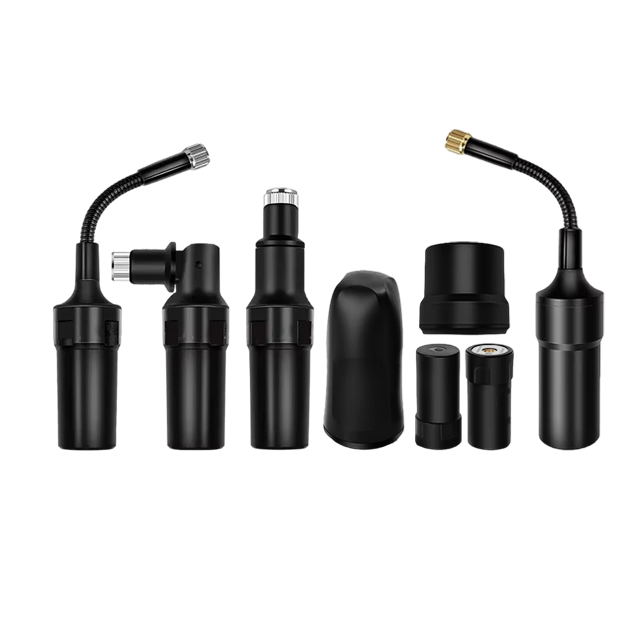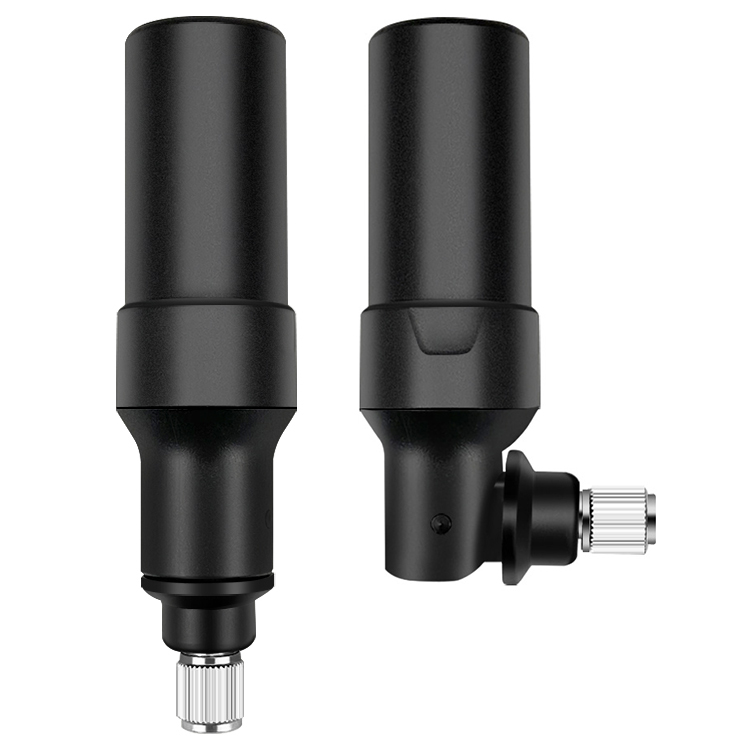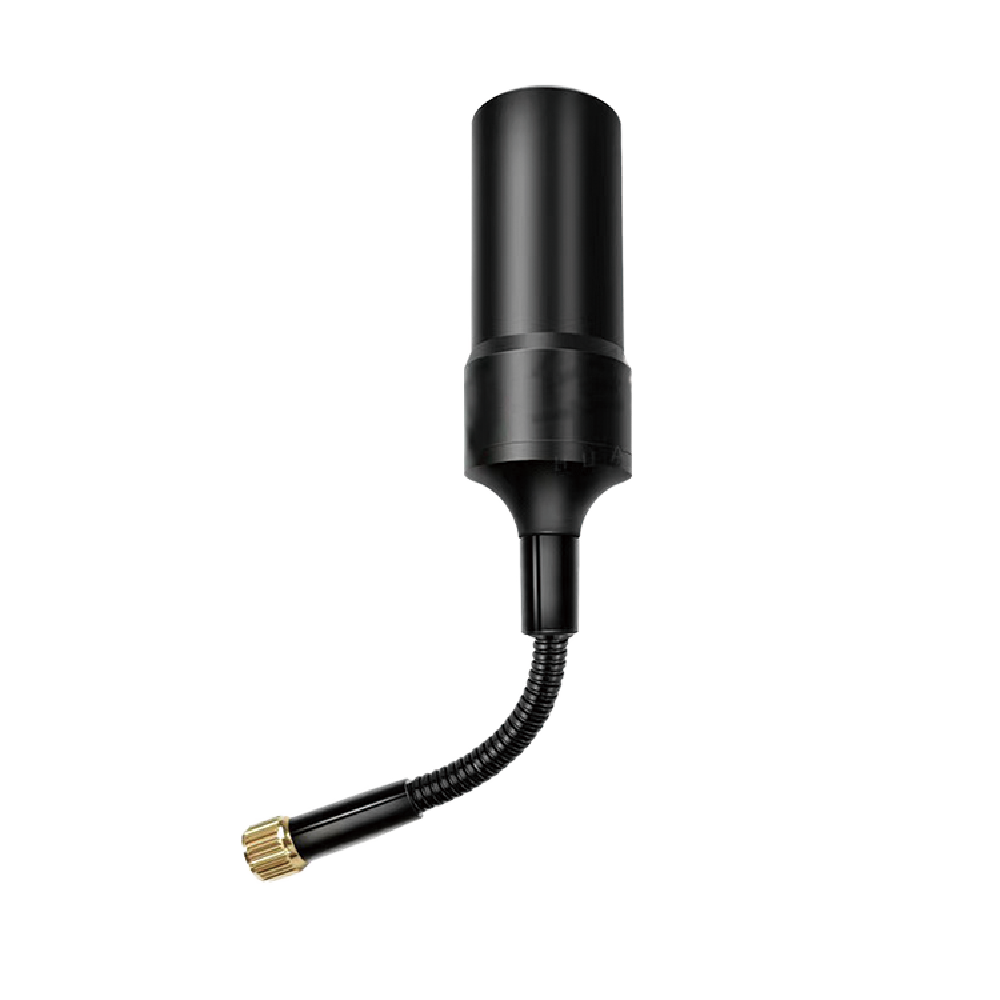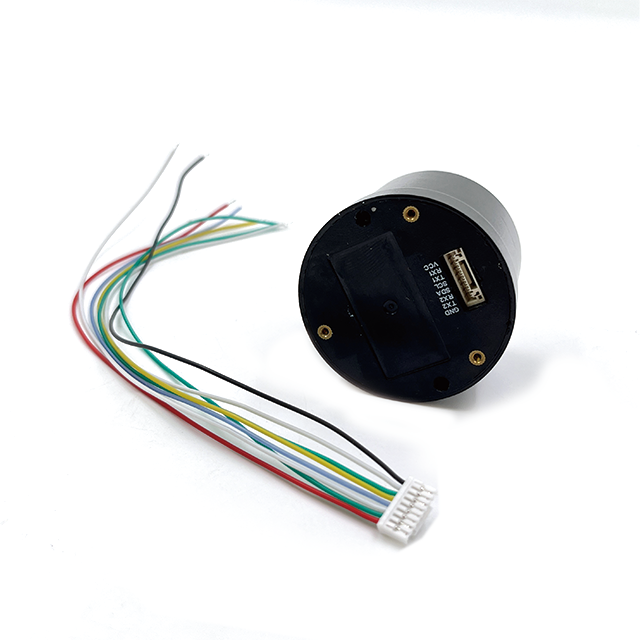Applications: Transforming Industries with Precision
The GNSS RTK Helical Antenna is used in a wide range of applications where millimeter-level positioning is critical. Key applications include:
Surveying and Mapping: Land surveyors rely on RTK technology to create detailed maps, measure property boundaries, and align infrastructure with extreme accuracy. The antenna’s multi-constellation support and phase-center stability ensure that survey data is precise and consistent, reducing the need for rework and improving project efficiency.
Construction: In construction, RTK systems guide heavy machinery such as excavators, graders, and bulldozers to perform tasks with millimeter precision. The antenna’s rugged design and resistance to environmental factors make it suitable for construction sites, where dust, vibration, and temperature fluctuations are common. It ensures that structures are built to exact specifications, reducing errors and enhancing safety.
Precision Agriculture: Farmers use RTK-equipped equipment for tasks such as seeding, fertilizing, and harvesting, ensuring that resources are applied precisely where needed. The antenna’s omnidirectional pattern and multi-band support enable reliable operation in rural areas, where satellite visibility may be affected by crops or terrain. This precision reduces waste, increases yields, and lowers environmental impact.
Autonomous Vehicles: Self-driving cars, drones, and robots require accurate positioning to navigate safely and efficiently. The antenna’s real-time performance, phase-center stability, and resistance to multipath make it ideal for these applications, ensuring that autonomous systems can make precise decisions based on their exact location.
Marine Navigation: Boats and ships use RTK for precise positioning in harbors, coastal waters, and inland waterways. The antenna’s waterproof design and ability to withstand harsh marine environments ensure reliable performance, enabling safe navigation and docking.
Mining: In mining operations, RTK systems track equipment, map mines, and ensure that extraction is done with precision. The antenna’s durability and resistance to dust and vibration make it suitable for mining environments, where equipment is subjected to extreme conditions.
Geodesy and Monitoring: Geodesists use RTK to measure Earth’s surface movements, such as those caused by earthquakes or volcanic activity. The antenna’s phase-center repeatability ensures that long-term measurements are consistent, providing valuable data for scientific research and hazard monitoring.
These applications highlight the antenna’s versatility and its role in transforming industries by enabling unprecedented levels of precision.
Installation and Maintenance Best Practices
Proper installation and maintenance are essential to ensure the GNSS RTK Helical Antenna performs optimally:
Mounting Location: The antenna should be mounted in a location with an unobstructed view of the sky to maximize satellite visibility. In vehicles or machinery, this may mean mounting it on the roof or a raised platform, away from obstacles such as buildings, trees, or equipment. For static applications like surveying, a tripod or fixed mount is recommended to ensure stability.
Orientation: While the antenna’s omnidirectional pattern reduces the need for precise alignment, it should be mounted horizontally to ensure optimal RHCP performance. Tilting the antenna can affect polarization matching and reduce signal strength, particularly in weak signal environments.
Cable Routing: The antenna is connected to the RTK receiver via a coaxial cable, which should be routed to minimize signal loss and interference. Use high-quality cables (e.g., LMR-240 or equivalent) and avoid sharp bends or kinks, which can degrade performance. Keep the cable away from sources of EMI, such as power lines, motors, or other RF devices.
Grounding: Proper grounding of the antenna and mounting structure is essential to protect against lightning strikes and reduce EMI. Follow local electrical codes and use appropriate grounding rods and conductors to ensure safety and performance.
Weatherproofing: Ensure that the SMA connector and cable connections are properly sealed with weatherproof tape or connectors to prevent moisture ingress, which can damage the antenna or cause signal degradation. This is particularly important for outdoor installations.
Regular Inspection: Periodically inspect the antenna for signs of damage, such as cracks in the ABS housing, loose connections, or corrosion on the SMA connector. Clean the antenna surface to remove dirt, snow, or debris that could block signals. Check the cable for wear or damage and replace it if necessary.
Calibration: In RTK systems, the antenna’s position relative to the vehicle or equipment’s reference point should be calibrated to account for any offset. This ensures that positioning data reflects the actual location of the device, not just the antenna.
By following these best practices, users can ensure that the GNSS RTK Helical Antenna delivers consistent, reliable performance, enabling millimeter-level positioning in even the most challenging environments.
Conclusion
The GNSS RTK Helical Antenna is a critical component in high-precision positioning systems, enabling millimeter-level accuracy in real time across a wide range of applications. Its helical design, multi-constellation support, and advanced technical specifications—including RHCP polarization, low VSWR, and stable phase center—make it ideally suited for RTK technology. Whether used in surveying, construction, agriculture, or autonomous navigation, this antenna ensures that satellite signals are captured and processed with exceptional reliability, even in harsh or obstructed environments.
As industries continue to demand higher precision and efficiency, the role of the GNSS RTK Helical Antenna will only grow. Its ability to integrate with multiple GNSS constellations, resist interference, and maintain performance in extreme conditions makes it a cornerstone of modern positioning technology. By understanding its design, specifications, and best practices for installation and maintenance, users can leverage the full potential of this antenna to transform their operations and achieve unprecedented levels of accuracy.




































































 Language
Language
 En
En Cn
Cn Korean
Korean

 Home >
Home > 








 18665803017 (Macro)
18665803017 (Macro)













